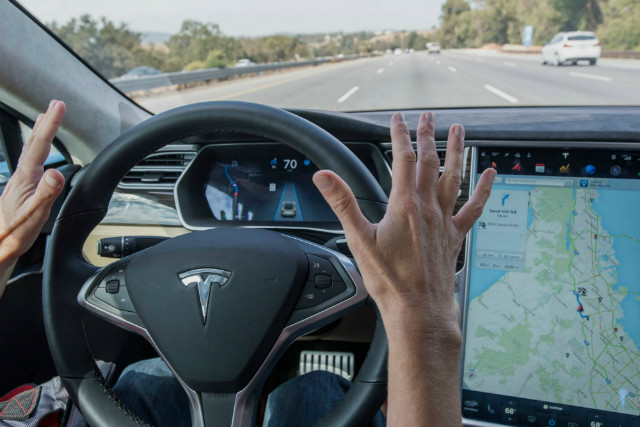Tesla’s autopilot function has been receiving a lot of scrutiny recently, following recent reports of crashes which involved the use of Tesla’s autonomous driving technology.
But now some more positive coverage has emerged, as a Tesla Model X owner in America has said his car’s autopilot function helped him get to a hospital when he started suffering severe chest pains.
Joshua Neally was driving his fully-electric Model X from his law office in Springfield, Missouri, when a blocked artery in his lungs led to a sudden pain in his chest. Still negotiating traffic in his Tesla when the pain started, Neally began driving towards a hospital but fearing he would crash if he were in full control. He decided to use Tesla’s autopilot function for assistance.
Although he considered pulling over and phoning for an ambulance, Neally ultimately opted to trust the autopilot function, which requires the driver to touch the wheel every few minutes and can pull the car over if the driver stops responding.

There's no technology that's perfect
Neally kept the Tesla running in autopilot for 20 miles down the highway and was able to retake full manual control long enough to drive off the highway exit ramp and get the rest of the way to the hospital. He has since recovered and continues to receive treatment.
Tesla’s semi-autonomous autopilot function is designed to maintain the car’s speed, automatically change lanes and react to current traffic conditions. It’s available on both the Model S and Model X and should be included in the upcoming Model 3 too.
Tesla’s CEO Elon Musk has strongly defended the autopilot function following the spate of incidents in the US. Musk has stated autopilot wasn’t responsible for a fatal crash involving a Tesla car in Pennsylvania and says autopilot could save 500,000 lives a year in an email exchange with a journalist.
While speaking with local KY3 news, Joshua Neally was asked his thoughts on Tesla’s autopilot and the recent reports of crashes involving it. He responded: “It’s not going to be perfect, there’s no technology that’s perfect, but I think the measure is that it’s better and safer.”



